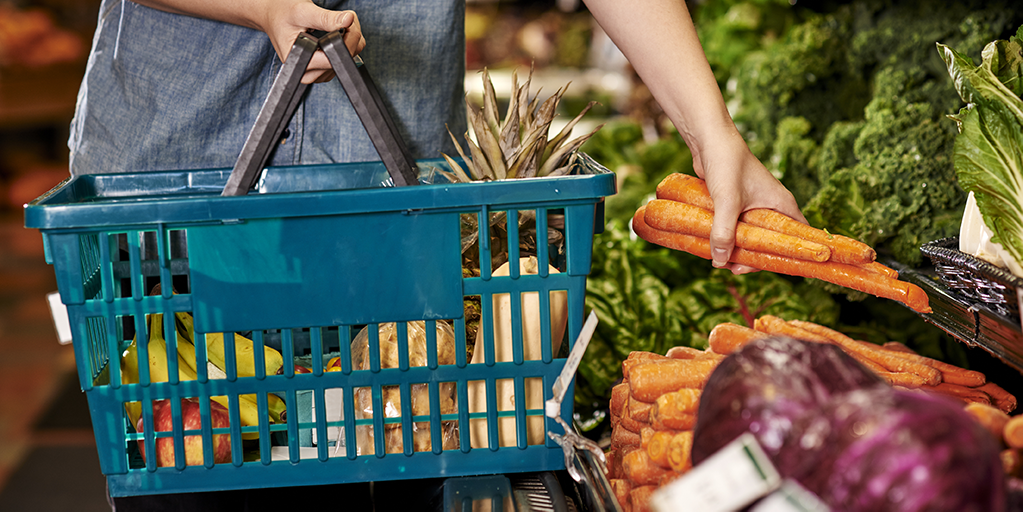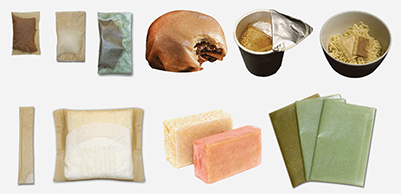The concern for the health of the environment seems to grow larger every day. Waste from packaging is a major contributor to environmental degradation. In agriculture, waste is accrued in every step of the process. The demands of the public and the planet call for dramatic changes in these processes.
Achieving sustainable produce packaging is entirely necessary. Despite the apparent need and increasing consumer demand, there isn't a solution. Every product requires different care, and every member of the producer-consumer cycle must hold some responsibility. While companies all over the globe have made steps towards low-waste or waste-free packaging, there is a pull to every push. A step forward in creating less waste in one area makes for a step backward in another. Truly innovative packaging alternatives mean creating innovative product recycling systems as well.
Consumer Demand
The depleting health of the environment is no secret. Public outcry concerning packaging waste and the demand for reusable and recyclable packaging material is only growing. Consumers are expected to front this demand: the tie between consuming and its direct environmental impact is palpable and weighs heavily on the minds of many.
Consumers have become more aware of the waste they accumulate. Sustainability, reusability, and recyclability are valuable marketing points in this day and age. Creating consuming opportunities without a sense of environmental guilt is in higher demand than ever.
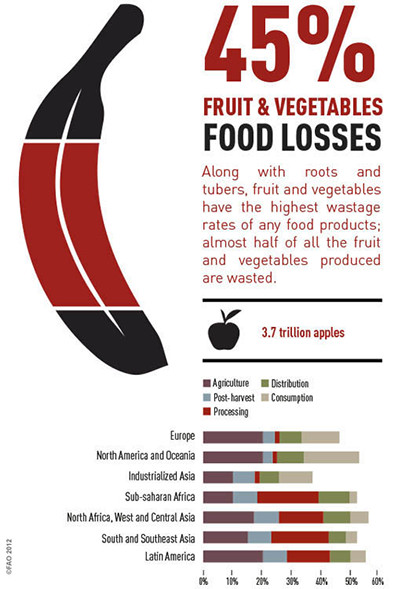
Cost of Alternatives
Non-recyclable and easily disposable packaging is used not only for their effectiveness but for its price. Waxed cardboard and plastic wrap are cheaper than pressed wood and other, resistant materials. Non-recyclable packaging has been consistently relied upon for its simple ability to do the job well enough for its price: preserve, cushion, and maintain the freshness of food products.
Even so, many products are packaged in ways that result not only in waste but in less effective storage and quality maintenance. For instance, broccoli is typically shipped in unrecyclable waxed cardboard boxes packed with ice to preserve its freshness. However, by the time it reaches retail locations, a great deal of it is considered unfit to sell due to the watery, bacteria-inviting mess it arrives in. Food is subsequently wasted, along with the cardboard and the water.
Consumers are attracted to high-quality packaging. The correlation between a polished outer appearance and the assumed excellence of its contents is strong, and an important part of marketing.
Money must be spent to create attractive, sustainable packaging. Even more, it must go towards phasing out packaging waste entirely. Despite the looming financial investment that farming companies must face, innovative alternatives can present more effective product preserving solutions, resulting in decreased food waste. Millions of dollars are lost every year on wasted produce. Braiding effectiveness and sustainability ultimately result in money saved.
Balancing Packaging Waste and Food Waste
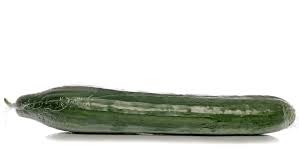
While some environmentally-friendly solutions can comprehensively replace the job of unsustainable materials, others are not so successful. A cucumber sealed in cling wrap lasts over four times as long as an unwrapped cucumber in a retail setting.
There are no sustainable solutions that can replace the specific job of cling wrap in this way. The plastic cover that will inevitably be thrown away, whether the cucumber is used or not, will last in the environment for hundreds of years.
Balancing the sacrifices in either instance are an important factor in developing sustainable packaging solutions. Farms and produce companies will have to consider the benefits and pitfalls of all options. Does the risk of increased food waste outweigh the continual exhaustion of the environment? Perhaps for now, but certainly not for long.
The Challenge of Food Waste
Sustainable packaging solutions may result in less visually appealing produce. Without using protective plastic wrap or other environmentally destructive packagings, there’s no avoiding some extra bumps en route to retail. Consumers reject products that are bruised, marred, or misshapen in any way, immediately associating the marks with rot or disease. Unnecessary food waste accumulates due to this misconception.
Best-before dates play a role in this, as well. Most often, they create a false sense of unusability. A best-before date is rarely an indicator that food has actually become unsafe to eat and this results in the trashing of good food. This misconception must be altered. Consumers must be educated on the true nature and life cycle of their food. The best before date , and government regulations surrounding best before dates, must meet the demands of both food safety and reducing unnecessary food waste.
Additionally, excess produce due to poor supply chain management results in the trashing of hundreds of pounds of edible food every day. It is estimated that around one third of food produced worldwide is wasted every year; that’s approximately 1.3 billion tonnes of food. If proper packaging can help reduce this massive food waste, it is important to balance the packaging waste concerns with food waste concerns.
Sustainable in What Way?
Regardless of what the packaging is made from, sustainable or not, it must be manufactured somehow. Factories and product companies often must use a great deal of energy and fossil fuels to create them. Finding a balance with the push-and-pull of sustainable, effective packaging products presents a challenge to many companies. Composting packages may break down within a few years, rather than hundreds, but often don’t keep produce as fresh as plastic. Wood packaging may be reusable, but where is the wood sourced from, recycled wood, or a forest? Sustainability does not refer solely to the use of the packaging, but its entire cycle, from its origins to its eventual breakdown.
Innovative Alternatives
Produce companies recognizing the environmental hardship at hand are developing new and sustainable packaging alternatives, and food waste solutions, to promote positive change and ethical manufacturing. Mainstream use and development of these new and improved methods will make a difference not just for the planet, but for the fundamentals of product distribution. A few examples of more environmentally friendly innovations in packaging and waste reduction in fruit and vegetable production are as follows:
Eco Pack
Initially developed in 2008, Eco Pack involves a system of customizable plastic frames and protective plastic sheathing.
With these, producers can build reusable cartons explicitly designed with their product in mind. Additionally, this system of packaging promises efficient and dynamic packaging solutions, reducing overall costs of packaging and transportation.
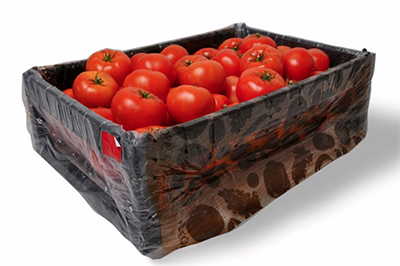
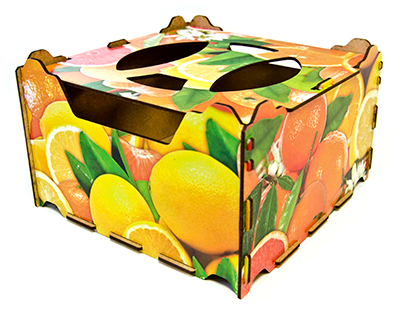
Pressed Wood Packaging
Both attractive and reusable pressed wood packaging provides the flexibility and versatility of cardboard with a bonus of resiliency and durability. These packages save space and are easy to transport due to their simple, collapsible assembly.
Additionally, consumer trust of the product increases with the use of pressed wood. The packaging is attractive and has a premium feel to it. As aforementioned, this is a crucial factor in marketing produce.
Xtend Iceless Packaging
Rather than using ice to keep produce fresh, Xtend Iceless provides an alternative to maintaining foods cold during transportation.
The products are kept fresh with a unique airtight sealing design. Not only does this eliminate the need for ice, saving water: it promotes food safety by avoiding moist, bacteria-encouraging environments from developing in the produce.
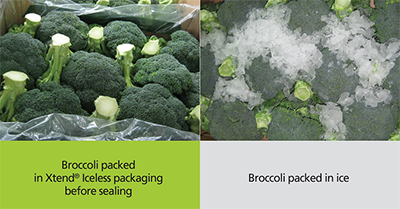
Casein, Seaweed, and Other Food Wraps
The USDA has developed a food wrap with casein, a milk protein. This wrap is not only compostable; it’s edible. It serves the purpose of plastic wrap as with cheese, bread, and meat.
Japan has developed seaweed food wrap. Innovative alternatives to plastic wrap like this may eradicate the need for traditional cling wrap in produce protection, reducing carbon footprints, and promoting positive environmental practices.
The Rotten Fruit Box
This company produces freeze-dried fruits in bulk. Unlike other producers, they make their product from wasted fruits on farms. A great deal of produce ends up on the ground and is never used, resulting in water waste, pointlessly spent resources, and lost money.
The Rotten Fruit Box saves these fruits and uses them to create a well-preserved, healthy snack. Produce retailers may look on this example and build programs of their own to reduce the needless food waste that occurs daily.
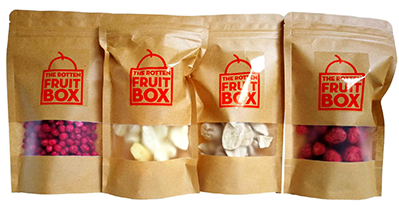
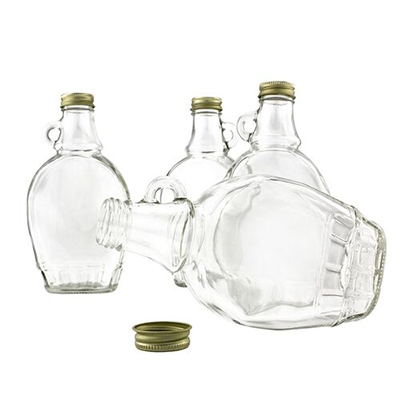
Return and Refill Programs
Some models for sustainable packaging can be found by looking back in time, even 30 years. Glass, hard plastic, and wooden packaging that can be returned, washed and refilled used to be the norm. Some consumers have already demonstrated their willingness to be a part of such programs with organic milk bottle return programs,and even alcohol bottle returns.
Pilot projects like the FreshtoGo program in North Carolina, where customers are given hard plastic containers to fill with take out food that can be returned to the city to be washed and reused, are a great step in re-adopting this more sustainable cycle.
Conclusion
A shift in environmental awareness and steps towards sustainability begins with a mindset change in all levels of production. Packaging is an intrinsic part of the agriculture production cycle. Evolving and proceeding with fundamental changes to these processes requires teamwork and dedication in all areas.
However, these shifts do not end with corporations and farms. The individual consumer must make a choice. A mindset change of food and all it comes with, packaging and all, must take place in all homes. Government regulations are needed to help incentivise and mandate more sustainable production practices. The responsibility lies in every member of the process. The entire life cycle of produce must be considered. A collaboration between government, corporations, and consumers must be shaped to create a genuinely sustainable cycle of producing, packaging, and consuming.
Interested in learning more about Croptracker? Learn more about our Farm Management Software, or book a demonstration to schedule a meeting with our product experts.
And as always, if you're ever stuck, never hesitate to e-mail us at support@croptracker.com or Live Chat with us by clicking the green speech bubble ![]() in your bottom right-hand corner. We're always happy to help you make the most of Croptracker to make your farm more efficient, safer, and more profitable!
in your bottom right-hand corner. We're always happy to help you make the most of Croptracker to make your farm more efficient, safer, and more profitable!
